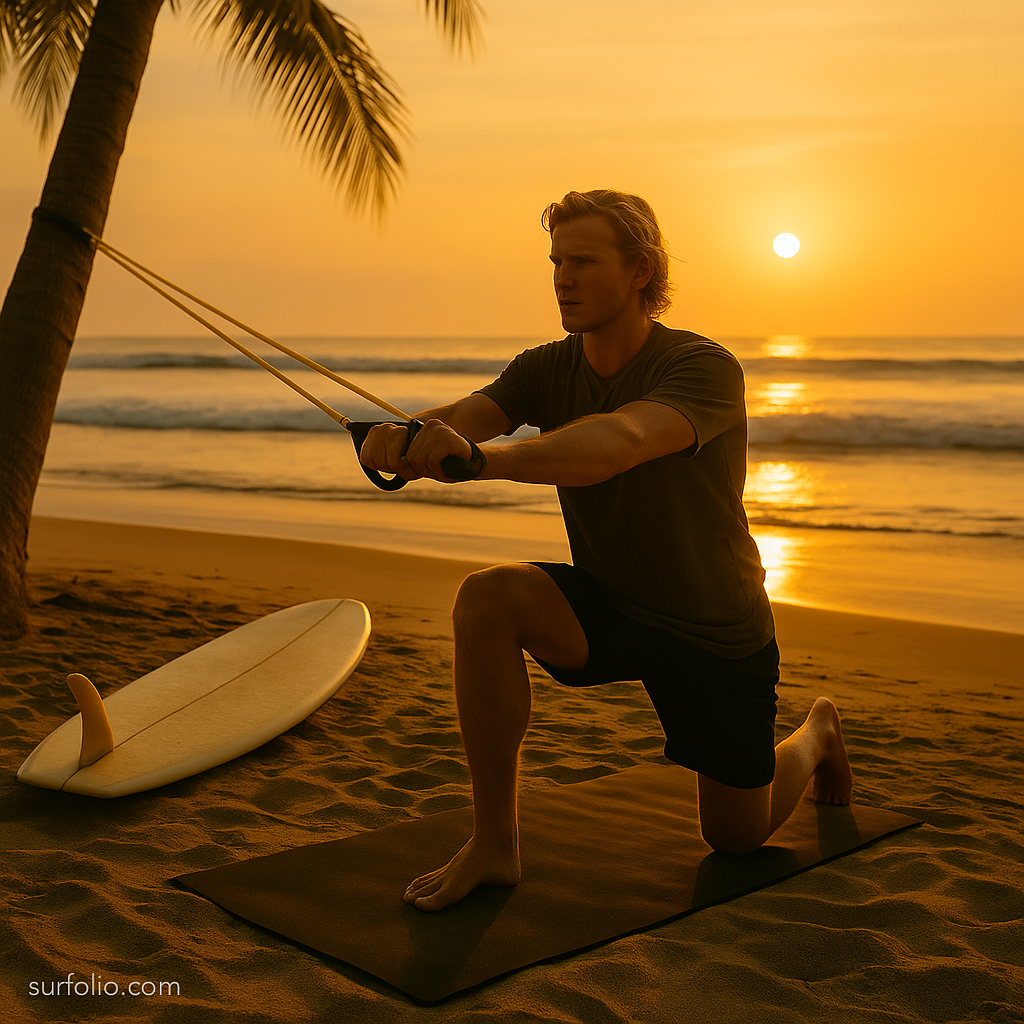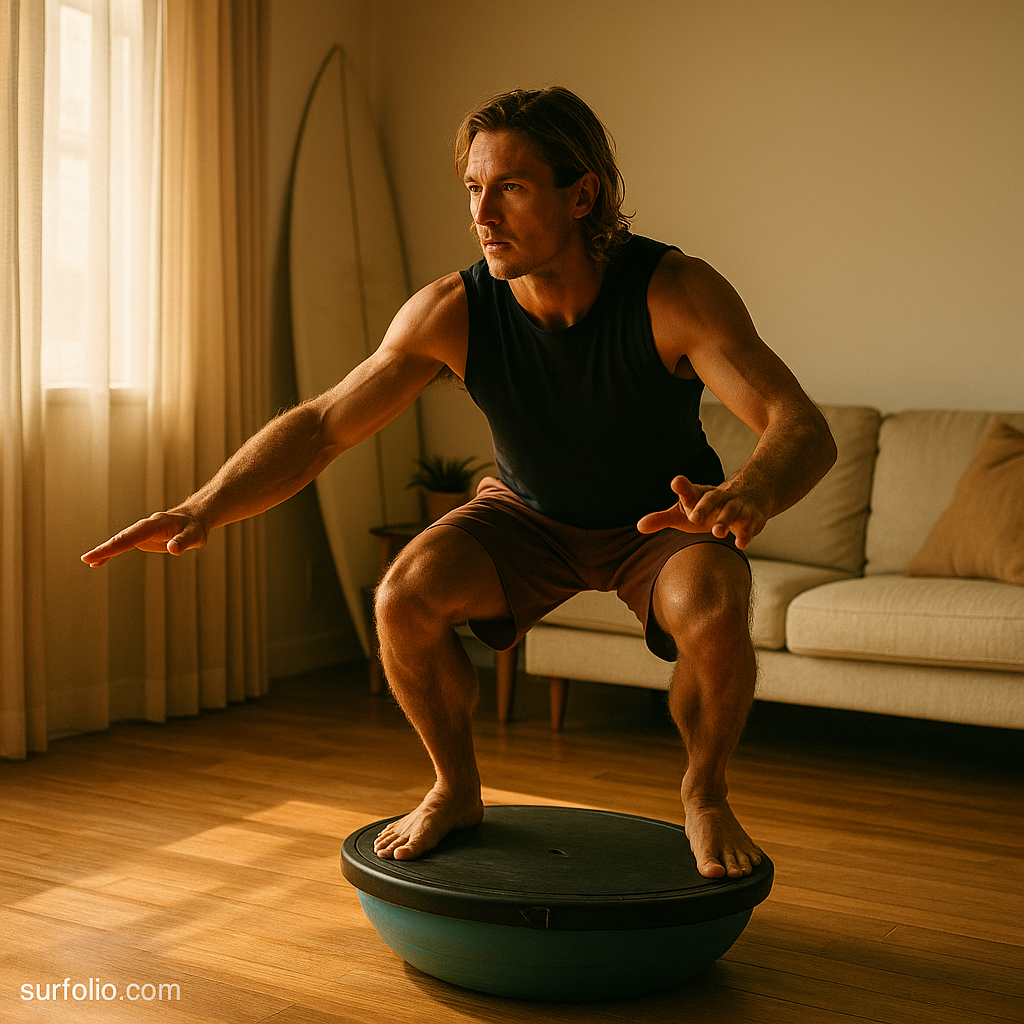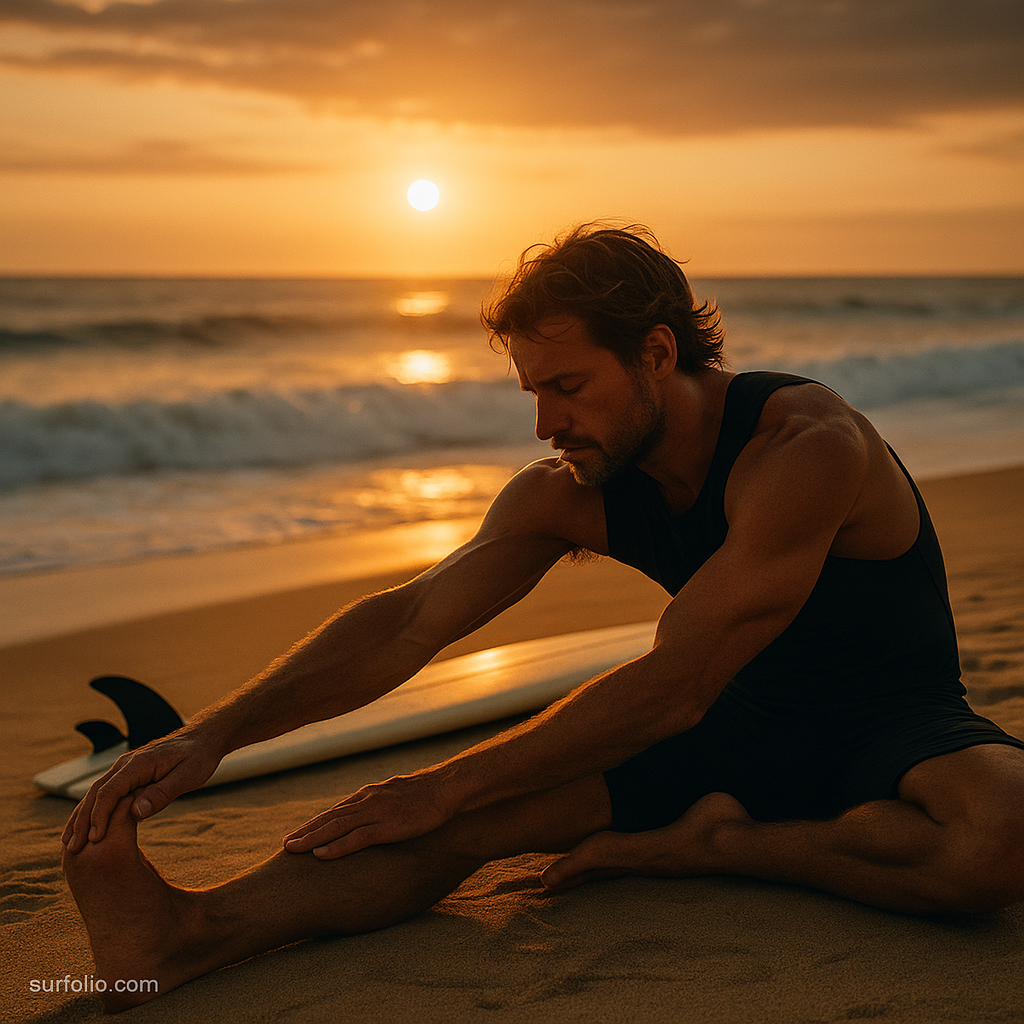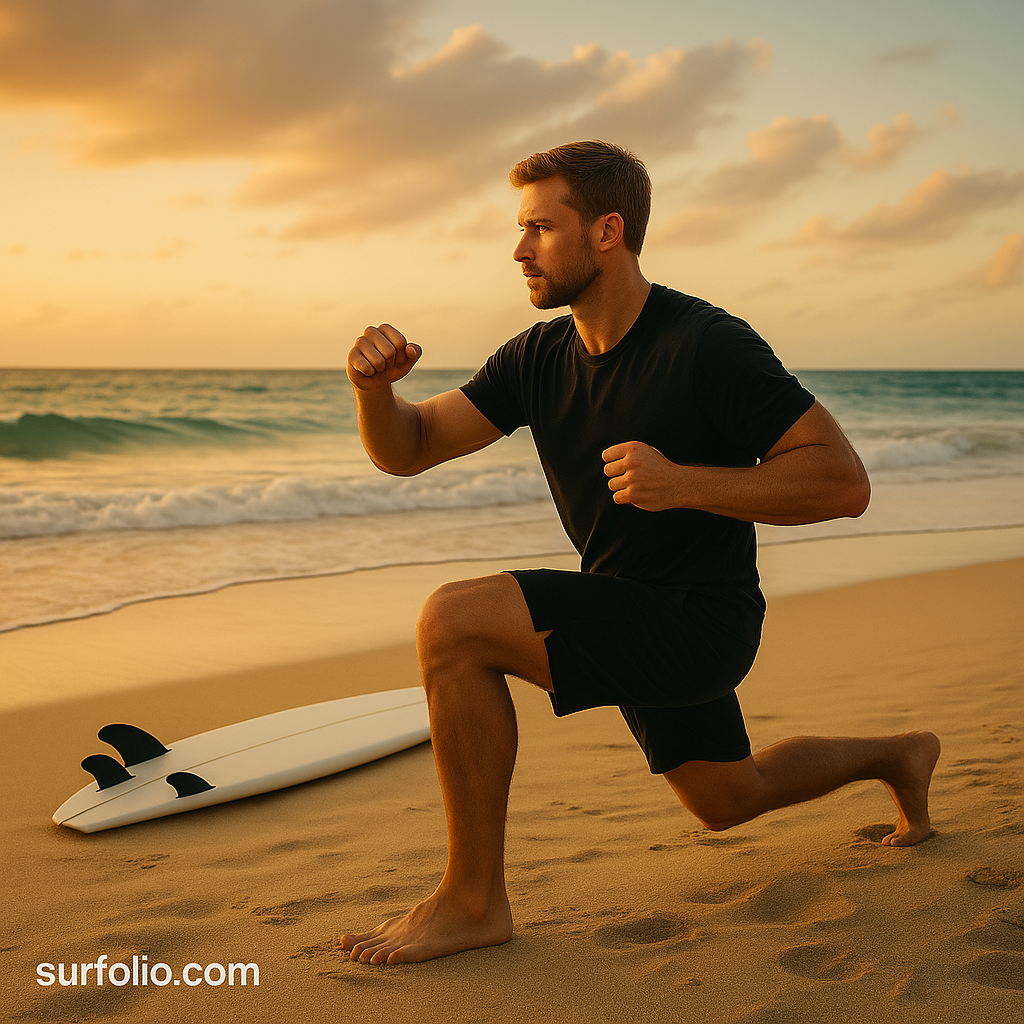
After a long surf session, few things are as invigorating—or as beneficial—as a cold-water recovery. Whether it’s an ice bath, ocean plunge, or cold shower, exposing your body to low temperatures after surfing can significantly boost muscle recovery, reduce inflammation, and improve long-term performance.
For surfers who push their limits, learning how and when to use cold-water recovery can be a game changer.
Continue reading “Cold Water Recovery: Benefits and Tips”








